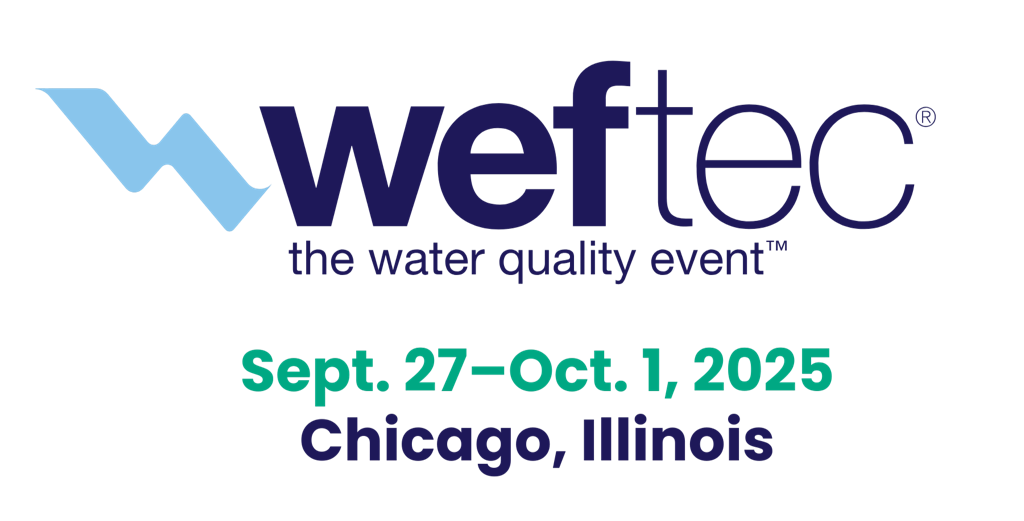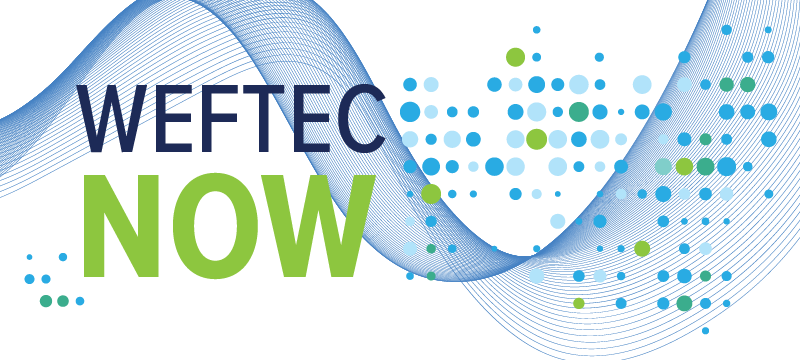Artificial intelligence can boost the efficiency of pipeline inspections
(Originally published in the March 2023 issue of Water Environment & Technology magazine. All rights reserved.)
By Joshua Ford
Road collapses, flooding, and sewer backups resulting from pipeline breaks, holes, and fractures are all-too-common occurrences. Inspection is critical to repairing defects before they become bigger, more expensive problems.
However, pipeline inspection, maintenance, and repairs can place a considerable burden on a city’s annual budget, especially when available resources are either lacking or applied inefficiently. Pipeline assessment is time-intensive, both in the field and back at the office during quality assurance/quality control (QA/QC) review. Despite an established system for classifying observations and defects within pipe segments, inconsistencies remain a challenge.
Updates to inspection equipment and pipeline defect standards certainly have helped, but the process used to pinpoint problem areas precisely has remained relatively unchanged since the introduction of closed-circuit television (CCTV) in the 1950s. Artificial intelligence (AI) is a game-changer that will vastly improve accuracy in pipeline inspection, significantly reduce costs, and help crews work smarter.





